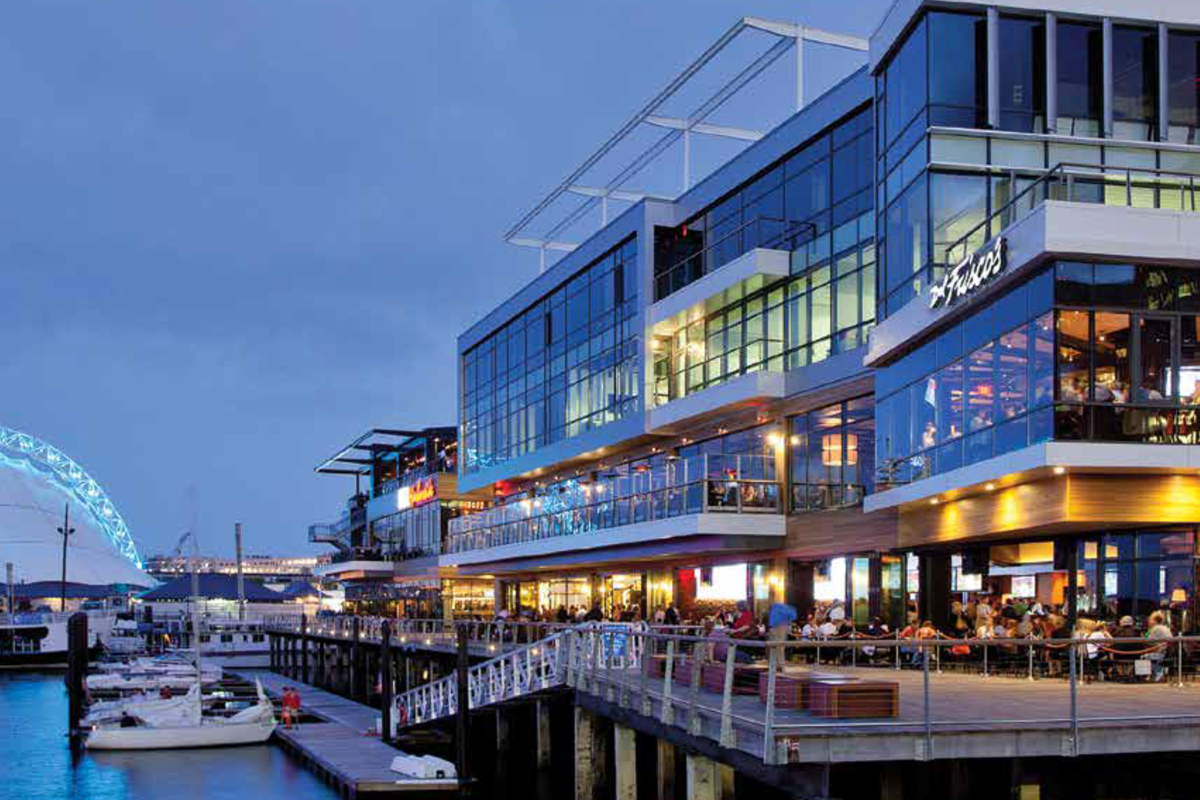
David Manfredi reflects on the culture of the firm, the delicate historical balance of Boston and designing “free-trade-zones” of ideas.
I’m sorry to hear about the passing of Howard. Your partnership with him spanned nearly 30 years, which is a lot longer than many marriages. What was it that allowed you two to work so well together?
Partnerships are hard, typically. Our partnership was easy because it was based on shared values that were sacred to both of us. They were not values about design, but more about how you design. We both very much believed in collaboration, and we believed that good ideas can come from anywhere. They can come from the 23-year-old recent graduate; they can come from the landscape architect or the structural engineer. And we shared the same ethics and values when it came to how to treat clients and how to do the business of architecture. I can say this without hesitation: Howard and I never had a serious disagreement. We always knew that the firm came first. It was never a question of self-interest; it was always a question of what was best for the firm.
Over the course of the firm’s existence, the city has changed dramatically. There seems to be a divide between old Boston and new Boston that cuts across all aspects of the city. Are you conscious of this divide when conceiving designs and starting projects?
We live in a city of great architectural heritage—look at Trinity Church in Copley Square, and all of the texture of the Back Bay and Commonwealth Avenue, and the Boston Public Library. We have great modern icons like the John Hancock building. So we have a very nice but delicate, maybe even fragile, balance of our historic fabric and our new architecture, and we always need to keep those in balance. I think you can have a vibrant conversation about the importance of the buildings as architecture, but the real importance is understanding what happened in those buildings and when it happened.
Are there any buildings in the city that you look at and say, “Jeez, I wish I’d thought of that”?
Absolutely. I look at buildings and I really admire the design solution, the creativity, the craft. I can name a number of them. The Media Lab at MIT, by Japanese architect Fumihiko Maki, stands out for a variety of reasons. It houses the Media Lab and it creates this whole sense of open innovation. You can walk in, and what you’ll see is all of the stuff that goes on in the Media Lab, from the robotics to the prosthetic devices to all their sustainable city activities. There’s an atrium in the middle, and all these different types of creative studios look into each other. And as you walk through the building you’re looking into them. It’s a beautiful building that really serves its function. It promotes that culture of innovation.
– Chris Sweeney, Boston Magazine
Read more ↓
The Interview: David Manfredi, Boston Magazine